The animal antibiotics-and-antimicrobials market in the US is characterized by a competitive landscape that is increasingly shaped by innovation, regulatory pressures, and evolving consumer preferences. Key players such as Zoetis (US), Merck Animal Health (US), and Elanco Animal Health (US) are at the forefront, each adopting distinct strategies to enhance their market positioning. Zoetis (US) focuses on expanding its portfolio through research and development, particularly in the area of biologics, which appears to be a growing segment within the market. Meanwhile, Merck Animal Health (US) emphasizes strategic partnerships and collaborations to bolster its product offerings and market reach, indicating a trend towards cooperative growth in the sector. Elanco Animal Health (US) is actively pursuing digital transformation initiatives, suggesting a shift towards data-driven decision-making and customer engagement in the industry.
The business tactics employed by these companies reflect a nuanced understanding of the market's structure, which is moderately fragmented yet dominated by a few key players. Localizing manufacturing and optimizing supply chains are critical strategies that these companies are leveraging to enhance operational efficiency and reduce costs. This collective approach not only strengthens their competitive positions but also fosters a more resilient market environment, where agility and responsiveness to market demands are paramount.
In October 2025, Zoetis (US) announced a significant investment in a new manufacturing facility aimed at increasing production capacity for its antibiotic products. This move is likely to enhance its supply chain reliability and meet the growing demand for animal health solutions. The strategic importance of this investment lies in its potential to solidify Zoetis's market leadership while addressing the increasing scrutiny on antibiotic use in livestock, thereby aligning with regulatory trends.
In September 2025, Merck Animal Health (US) entered into a partnership with a leading agricultural technology firm to develop AI-driven solutions for livestock health monitoring. This collaboration underscores the importance of technology integration in enhancing product efficacy and customer service. By leveraging AI, Merck aims to provide more precise health management solutions, which could significantly improve animal welfare and farm productivity.
In August 2025, Elanco Animal Health (US) launched a new digital platform designed to facilitate better communication between veterinarians and livestock producers. This initiative reflects a broader trend towards digitalization in the industry, aiming to enhance the efficiency of health management practices. The strategic significance of this platform lies in its potential to foster stronger relationships within the supply chain, ultimately leading to improved health outcomes for animals.
As of November 2025, the competitive trends in the animal antibiotics-and-antimicrobials market are increasingly defined by digitalization, sustainability, and the integration of advanced technologies such as AI. Strategic alliances are becoming more prevalent, shaping a landscape where collaboration is essential for innovation and market responsiveness. Looking ahead, competitive differentiation is likely to evolve from traditional price-based competition towards a focus on technological advancements, innovative solutions, and robust supply chain management. This shift indicates a transformative phase in the market, where companies that prioritize innovation and sustainability may gain a competitive edge.


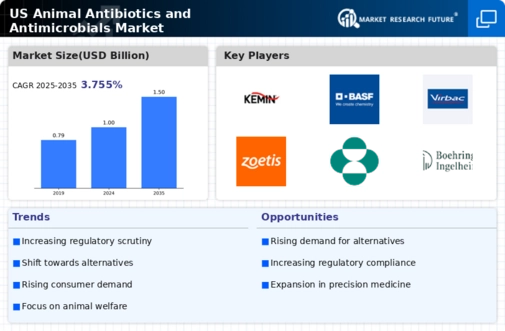
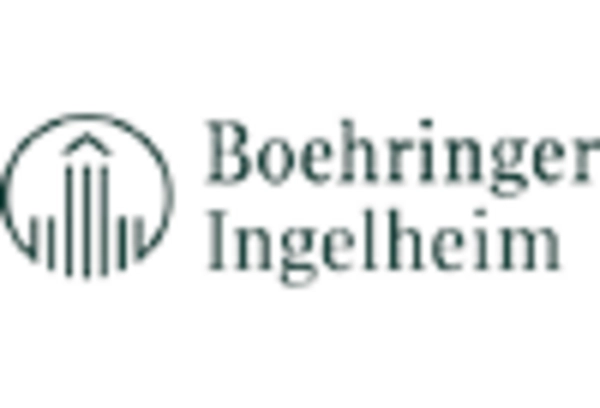
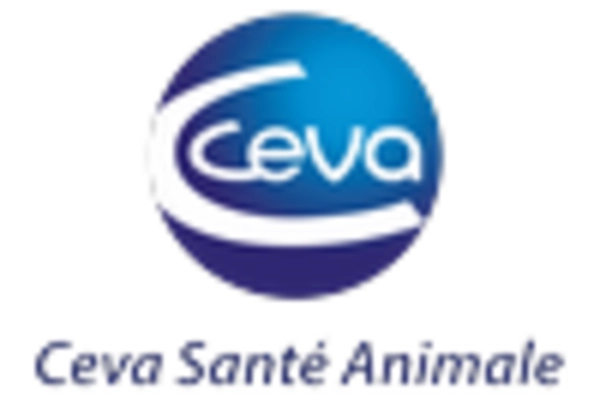
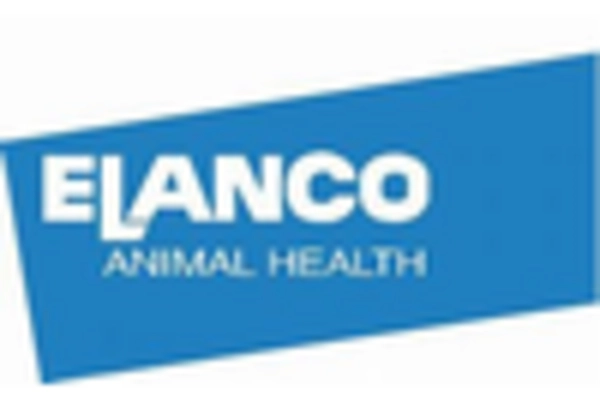

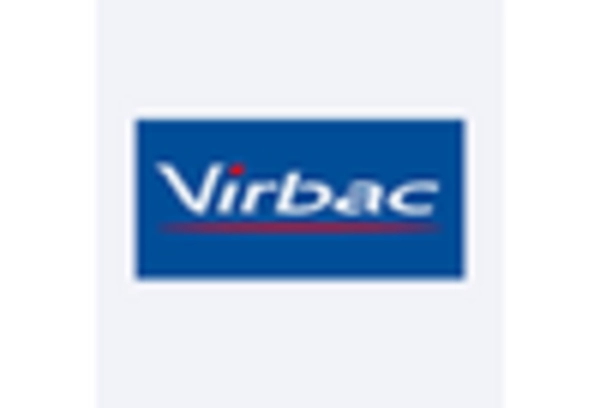
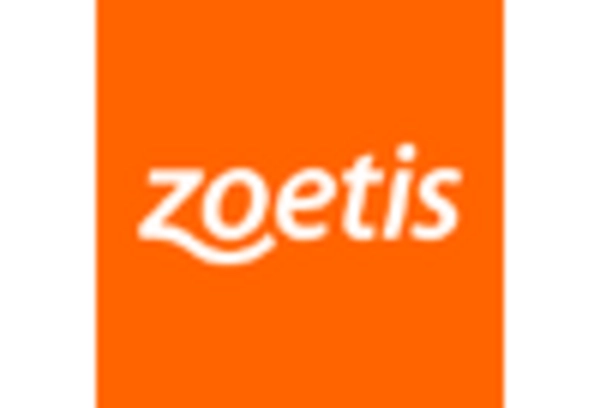








Leave a Comment